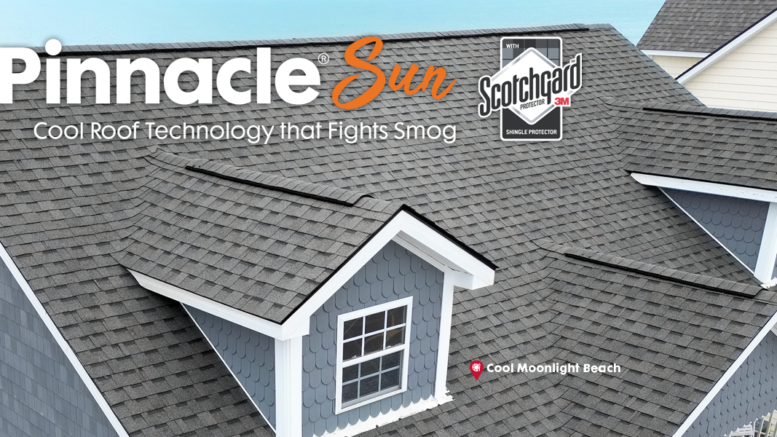Energy Star Roofs: What You Need to Know
Buying a new roof is an expensive endeavor – and a necessary one. Buying a new roof becomes urgent when dealing with an old, leaking roof.
A new roof can cost upwards of $10,000. Energy Star ratings could be a game-changer if you’re looking for a tax break or insurance savings to ease the burden on your wallet. However, recent developments may put a wrench in that plan.
Rescue My Roof has been a leading educator in the roofing industry for over a decade, helping homeowners to achieve maximum savings on their roofs.
If you’re considering installing an Energy Star-rated roof, this article is for you. We’ll explore what an Energy Star-rated roof is and the program’s future. Ultimately, you can effectively plan your next steps toward a roof replacement.
What is an Energy Star Rated Roof?
An Energy Star-rated roof is a type of roofing material that meets the energy efficiency standards set by the Environmental Protection Agency (EPA). These standards are designed to reduce energy consumption, decrease greenhouse gas emissions, and save homeowners money on utility bills.
Roofing materials must meet specific criteria to qualify for the Energy Star rating. They must reflect a significant amount of the sun’s rays, which helps reduce the heat the roof absorbs.
Roofing materials must meet certain criteria to qualify for the Energy Star rating. They must reflect a significant amount of the sun’s rays, which helps to reduce the heat absorbed by the roof.
The energy star program was discontinued in 2022. Products with the energy star logo ceased production in 2021. But that doesn’t mean that the benefits of products that would qualify for the program go away – they are not marketed the same and do not qualify for tax cuts.
Benefits of an Energy Star-Rated Roof
Installing an Energy Star-rated roof can benefit homeowners and the environment.
Energy Efficiency
One of the primary benefits of an Energy Star-rated roof is increased energy efficiency. By reflecting the sun’s rays and reducing the amount of heat absorbed by the roof, Energy Star roofs can lower the temperature of the building’s interior. This reduces the need for air conditioning and can significantly lower energy bills.
Environmental Benefits
Energy Star-rated roofs also provide many environmental benefits.
By reducing the energy needed to cool a building, these roofs help to decrease greenhouse gas emissions. Additionally, they can help reduce the urban heat island effect, which occurs when cities become significantly hotter than surrounding areas due to the absorption of heat by buildings and pavement.
Longevity
Energy Star-rated roofs are also designed to last longer than traditional roofing materials.
By reflecting the sun’s rays, these roofs experience less heat stress, which can cause traditional roofs to break down and deteriorate more quickly. This means that homeowners will save money on replacement costs over time.
Increased Property Value
Finally, installing an Energy Star-rated roof can increase the value of your property.
Many homebuyers are now looking for homes that are energy efficient and have a low environmental impact. Installing an Energy Star-rated roof can make your home more attractive to potential buyers and increase its resale value.
Types of Energy Star-Rated Roofs
There are a variety of roofing materials that can qualify for the Energy Star rating. Some of the most common types of Energy Star-rated roofs include:
- Metal Roofs
- Asphalt Shingles
- Concrete and Clay Tiles
- Reflective Membrane Roofs
Each roofing material has its advantages and disadvantages, and the best option for your home will depend on various factors, including your budget, climate, and personal preferences.
Are Energy Star Roofs Worth the Hype?
An Energy Star-rated roof is an effective way to increase your home’s energy efficiency, reduce your energy bills, and help the environment.

By reflecting the sun’s rays and reducing heat absorption, Energy Star roofs provided several benefits, including increased longevity and property value. Though energy star ratings no longer exist, the technology does. Shingle manufacturers are releasing lines similar to the former energy star products.
One of these lines includes the Atlas’ Pinnacle Sun, which incorporates cooling technology to reduce energy bills in the summer.
Energy Star products may not exist, but if you need a roof replacement, plenty options remain. Read “4 Steps to Creating A Roof Replacement Estimate” and “Top 5 Roofing Insurance Questions Answered.”
Are you looking for a roof replacement with the powerful technology of energy star products? Rescue My Roof can Help. Contact us today to get a free estimate.


